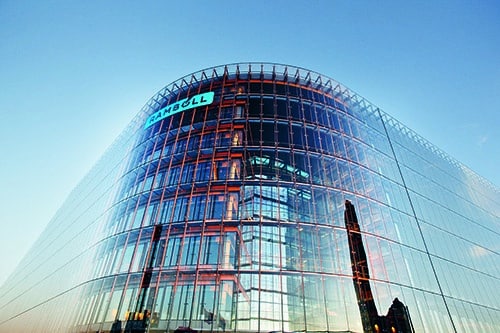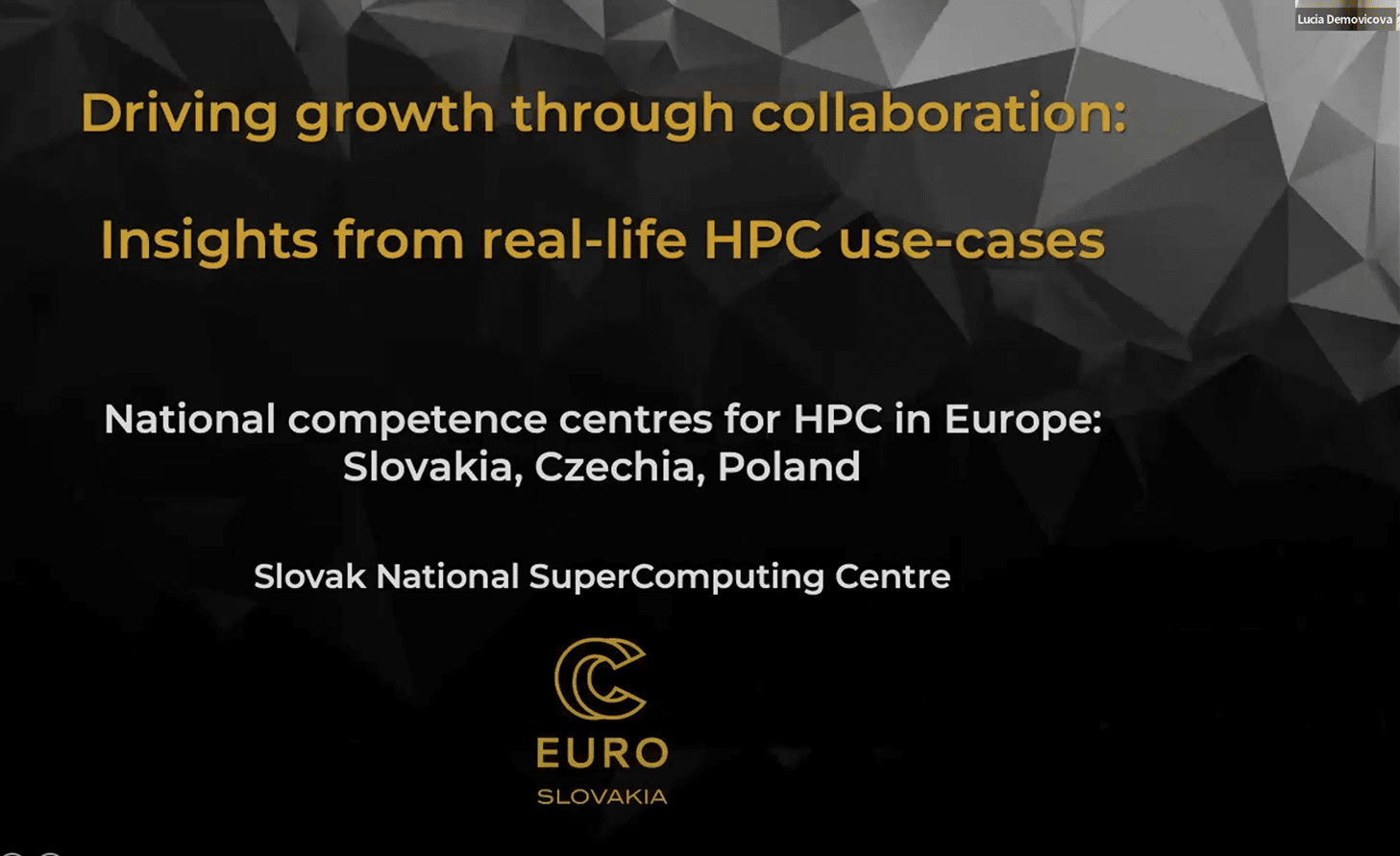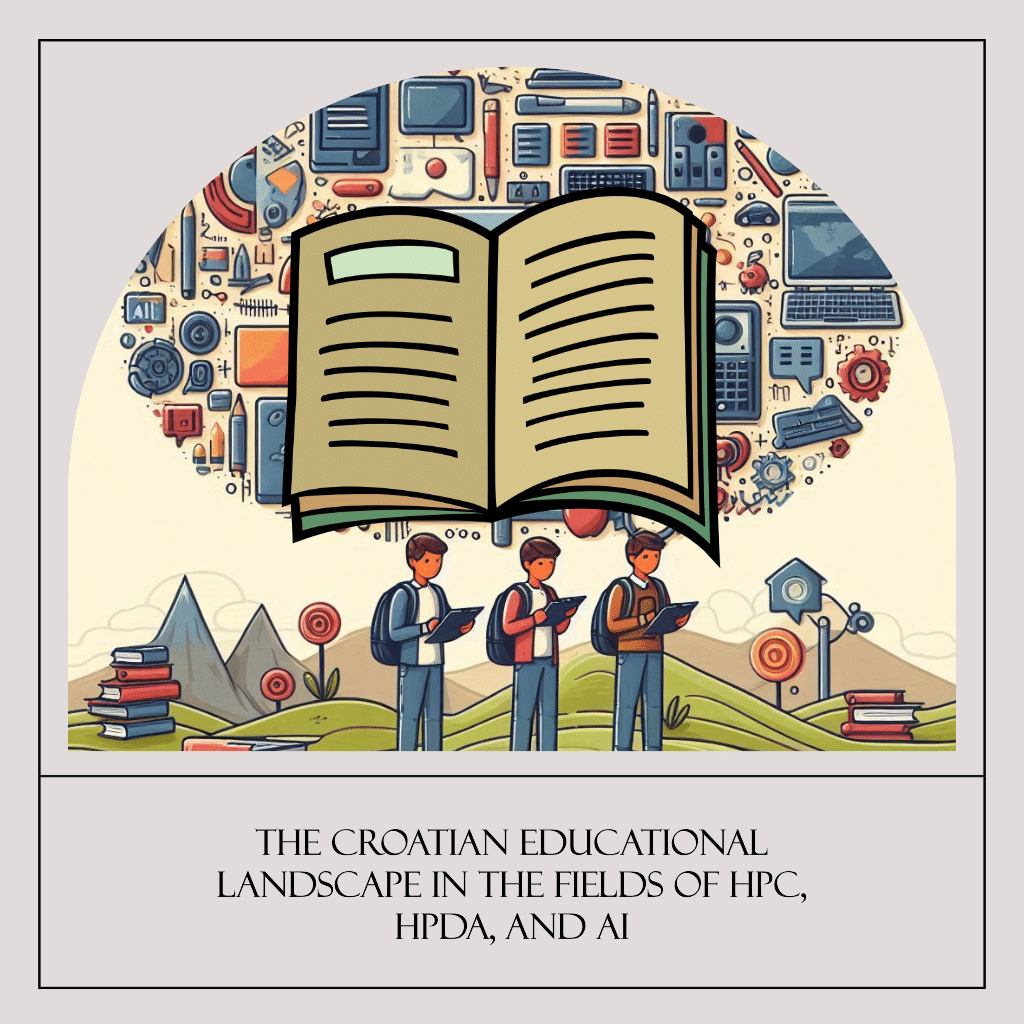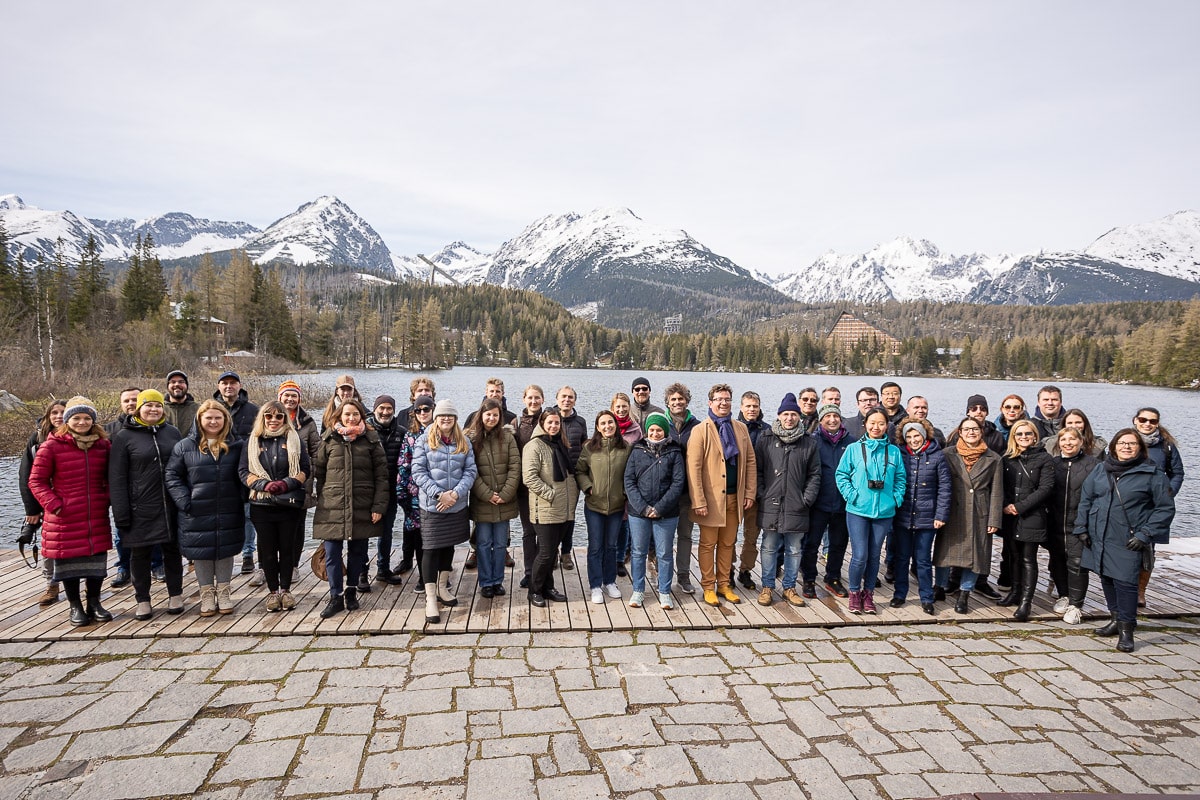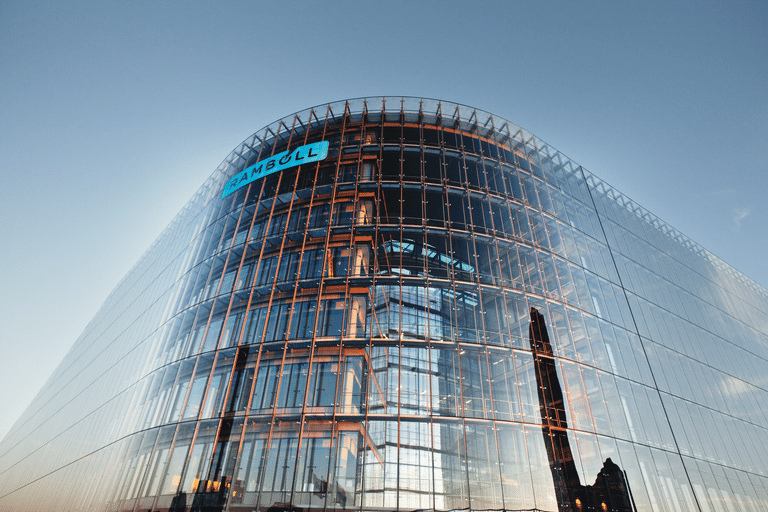
Photo: Ramboll
When a fire breaks out, reacting fast and taking effective action is absolutely crucial in saving lives. There is no time to lose. This is why the fire safety plans, systems and measures must be designed for fast, effective action in real emergencies. In a time-critical construction project, Ramboll used LUMI supercomputer resources to simulate fire safety and speed up the design process.
Ramboll Finland is a multi-sector engineering and consultancy company whose services include building fire safety designs. The focus of fire engineering is ensuring that the premises of public and corporate clients are safe for occupants and property, as well as for the emergency services personnel in the event of a fire.
Time is often a critical factor for designers in construction projects. This certainly applies to fire safety engineering where clients’ schedules are tight, fire safety regulations create a mandatory framework for fire safety design that must be followed, and permit processes take time. Delivery times for fire rated materials can, unfortunately, also be long.
Marko Hämäläinen, a fire safety expert at Ramboll Finland, is used to these challenges. But now, he had a very time-critical building project in his hands. The intended use of the building meant that complying with the fire safety regulations was not going to be so straightforward. In these cases, designers can use performance-based design methods, simulations, to prove the safety of the building. As the project was so time-critical he had the brilliant idea to introduce advanced computing methods to expedite these simulations.
Tested before deployment
Hämäläinen came up with this solution when he made the connection to some projects he had worked on as a research assistant. The projects were using CSC’s national Puhti and Mahti supercomputers for their simulation work. While the supercomputers were mainly intended for academic research, Hämäläinen decided to find out if Ramboll could access some of the computing capacity.
Hämäläinen discovered that CSC could offer businesses computing capacity on EuroHPC LUMI supercomputer as an outsourced service. Luckily, the price proved competitive, and there was no need to apply for public funding.
He immediately contacted CSC. Their Customer Solution Manager Juhani Huttunen gladly proposed launching the cooperation as a Try & Buy test project, which includes not only computing resources but also expert support for their deployment. Ramboll particularly sought to ensure that the FDS software, widely used in the fire safety sector, was compatible with LUMI’s computing environment.
‘With the help of Senior Application Specialist Jarmo Pirhonen, the software was LUMI compatible in no time, and the actual work could start way sooner than we thought. Jarmo’s help was paramount in this’, Hämäläinen praises.
Big data computing saved time
In LUMI, the number of cores used can be scaled freely as required by the simulation model instead of modifying the simulation model on the computer’s terms.
‘From the designer’s point of view, the flexibility to use only the number of cores required by the simulation model at any one time is fantastic.”
Hämäläinen crystallizes the benefits of the successful computing process:
‘Our work was speeded up, and we saved both time and money. We could run an individual simulation around four times faster than before. As the simulations were run in parallel the entire set of simulations was completed almost 20 times faster. The simulation models were optimized based on computing needs rather than the computer’s terms. In the end, our customer got the results of the fire dynamics analysis quickly, which quite obviously meant that they could also be submitted to the authorities for approval earlier than usual. And I was able to tackle the next projects sooner.’
‘We at Ramboll clearly see that the various high-performance computing applications combined with the possibilities offered by AI will definitely have a role to play in our design projects also in the future,’ says Hämäläinen.
‘Ramboll Finland was our first commercial LUMI customer,’ says Customer Solution Manager Huttunen. ‘Our productive cooperation with them has shown how a company can really obtain productive results very rapidly in a high-performance computing environment that is suitable for many types of computing challenges. We have been working together with Ramboll for more than a year now, and it has certainly clarified our understanding of what companies need when they use LUMI’, Huttunen says.
LUMI supercomputer
LUMI, Europe’s most powerful supercomputer, is a research instrument for highly demanding computing. It can process large amounts of data in parallel and rapidly complete complicated calculations. The LUMI system combines computational capacity, artificial intelligence methods (especially deep learning), traditional large-scale simulations, and the utilization of large masses of data to solve a single challenge simultaneously. All these elements can easily be harnessed to solve various business challenges if necessary.
Rather than making a profit, the EU wishes to use modern technologies such as LUMI to support the important competitiveness of European business. This is why EuroHPC and the LUMI consortium, in which Finland is also a member, have made significant investments in LUMI. This is also why its services are now available for the RDI projects of all Finnish companies
LUMI and its associated technologies help companies promote digital, sustainable development, among other things, by optimizing their operations and resource use, reducing energy consumption, and enabling the planning of environmentally friendly processes.
Environmental questions have also been accounted for in the design of CSC’s data centers. The LUMI data center in Kajaani uses the infrastructure of an old paper mill and has a negative carbon footprint. LUMI is powered by renewable hydroelectricity, and its waste heat keeps hundreds of homes in Kajaani warm. LUMI has, indeed, received accolades in acknowledgment of its environmental friendliness. It ranked among the top ten of the world’s greenest computers in 2023 and was also presented with the Green Data Centre of the Year prize in the Data Centre World Awards competition.
